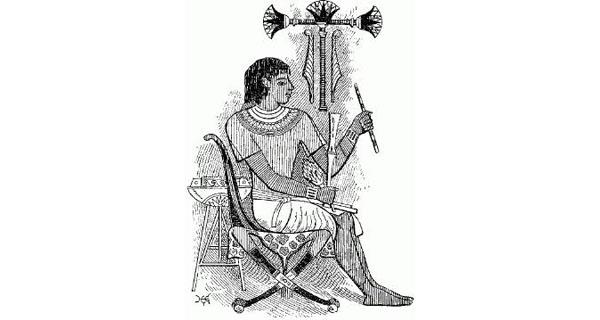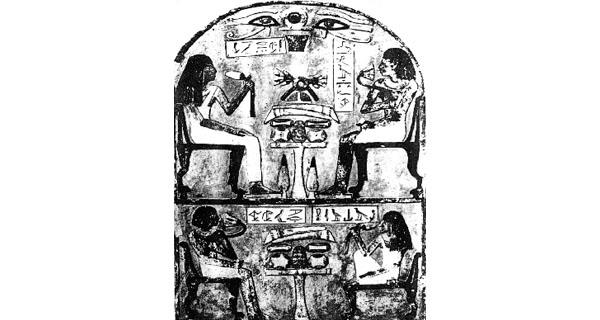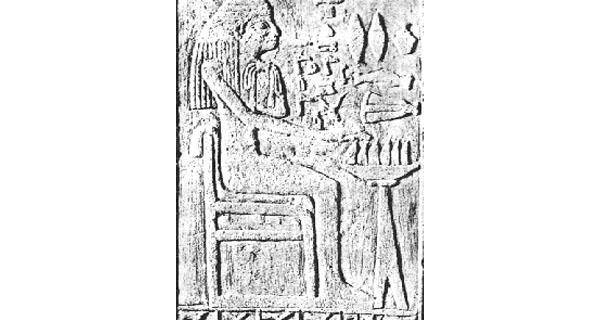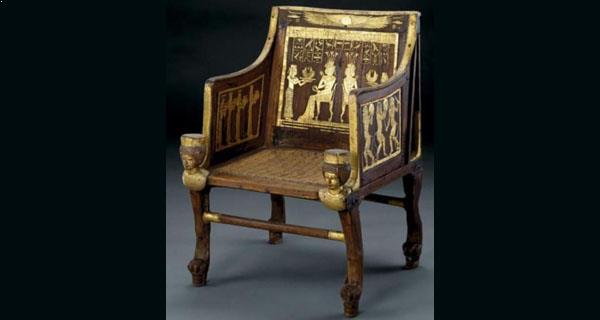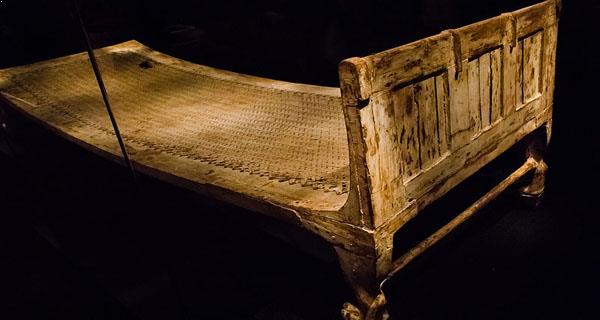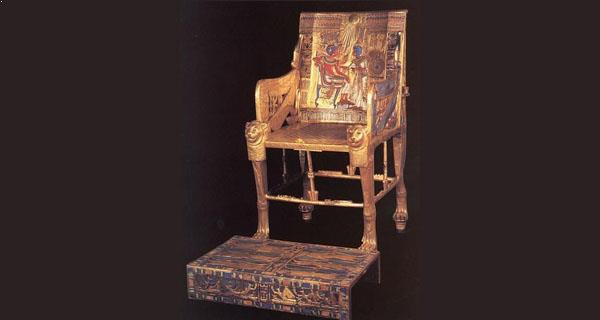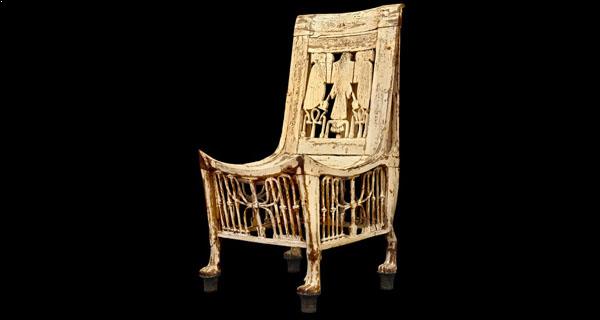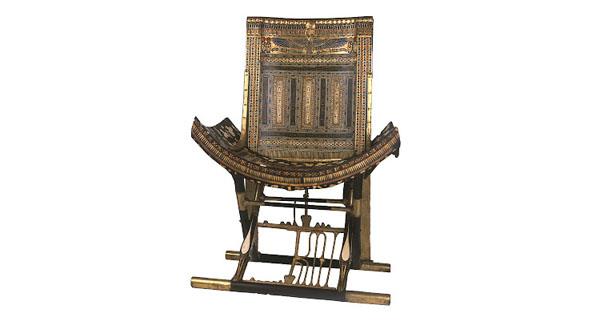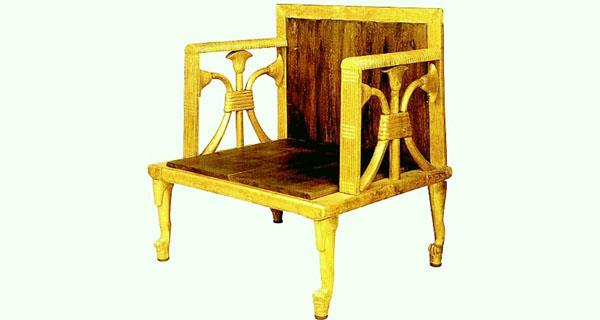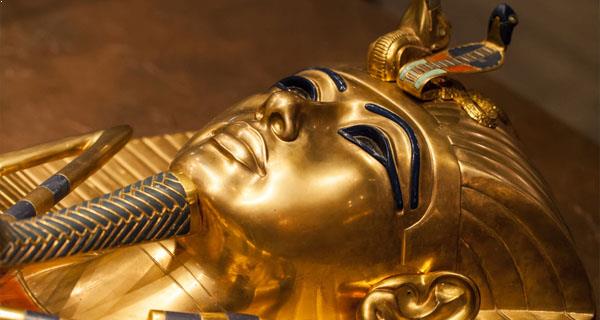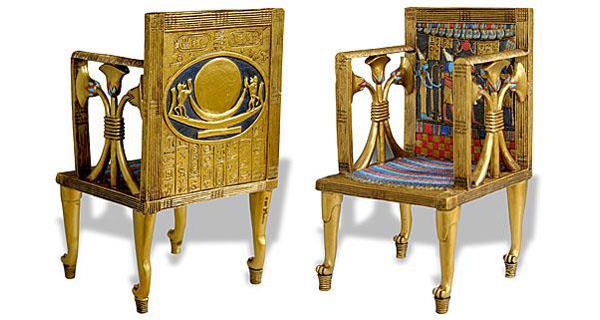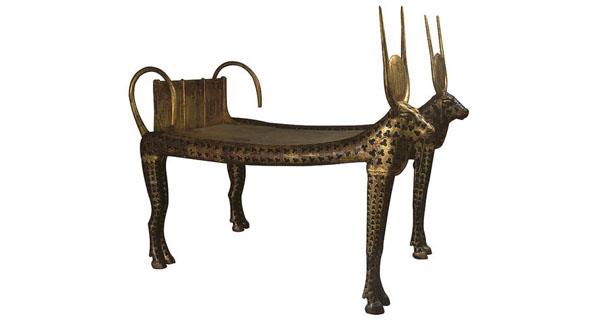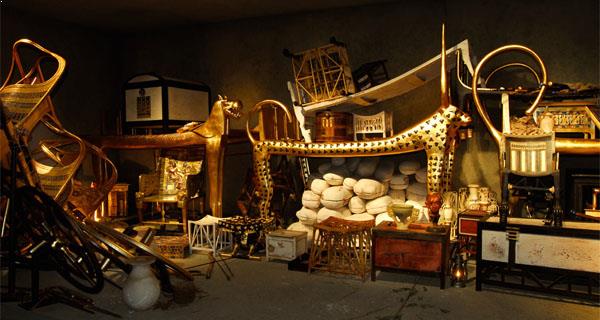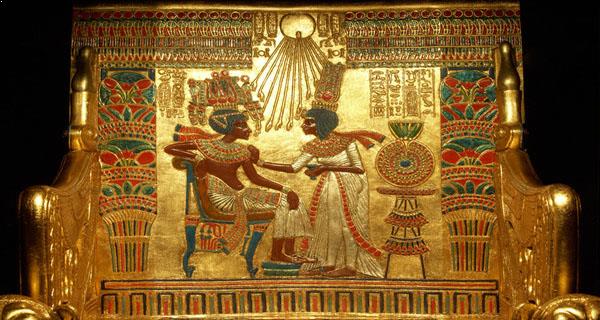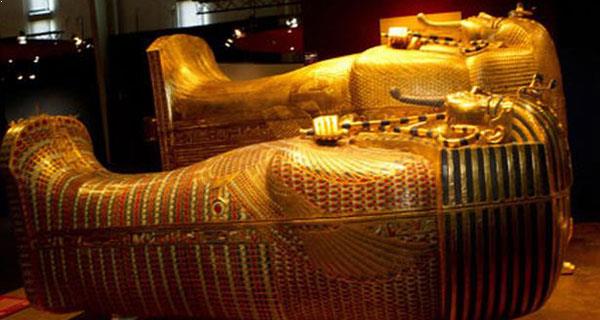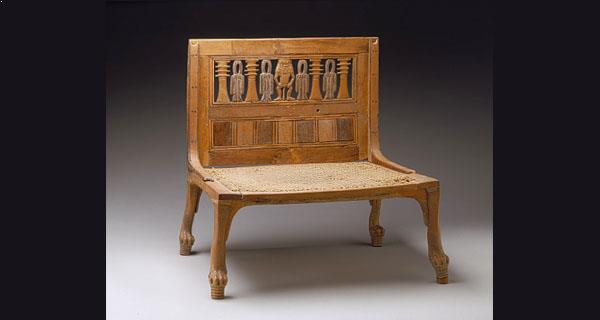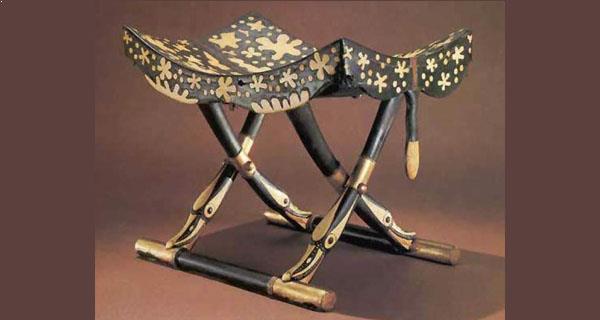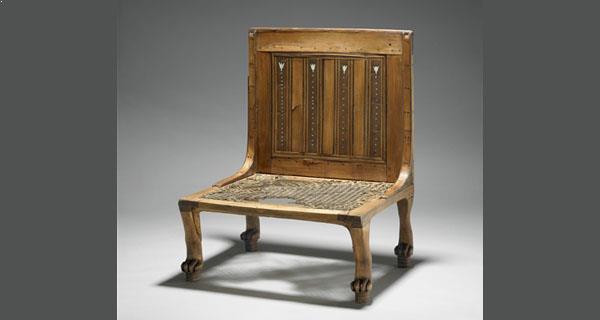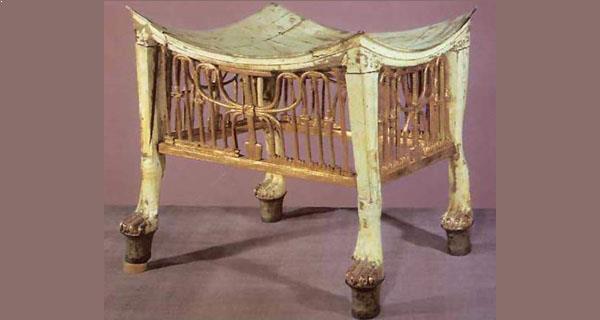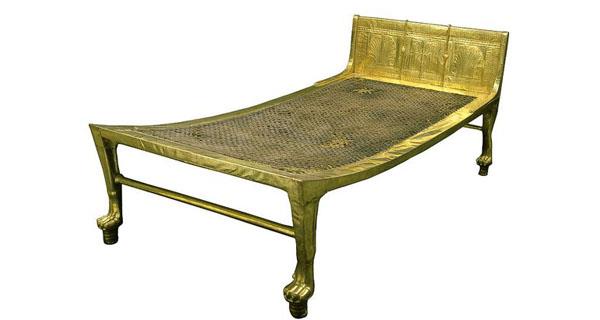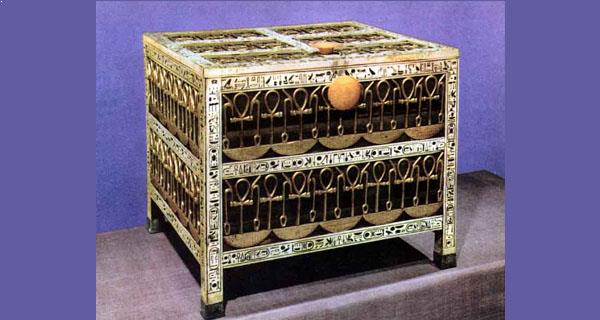Most people who think of Egypt think of antiquities, but Egypt offers much more. Certainly it is a prime location to see our great heritage from the ancient world, including Pyramids and wonderful temples, but it is also part of the Holy Land, and tours to Christian and other religious monuments are popular. Yet Egypt also offers nature and desert treks, great scuba diving and even golf, fishing and birding expeditions. One may choose to relax on the wondrous Egypt Red Sea or Sinai coasts, take in the high culture of Cairo, or even leisurely float down the Egyptian Nile on a luxurious river boat.
In Ancient Egypt, the typical Egyptian house had sparse furnishings by modern standards. Wood was quite scarce, so largefurniture items were not common. By far the most common pieces of furniture were small 3 and 4 leg stools and fly catchers. Stools have been found in common houses as well as in Pharaohs’ tombs. Other items of utilitarian furniture include clay ovens, jars, pots, plates, beds, oil lamps, and small boxes or chests for storing things.
The ever present stool was made from wood, and had a padded leather or woven rush seat. The stools’ 3 or 4 legs were very often carved to look like animal legs. Wealthy people had their stools and all furniture in general was richly decorated with gold or silver leaf. The more common people would have things painted to look more expensive than they were.
The Egyptian bed was a rectangular wooden frame with a mat of woven cords. Instead of using pillows, the Egyptians used a crescent-shaped headrest at one end of the bed. Cylindrical clay ovens were found in almost every kitchen, and the food was stored in large wheel-made clay pots and jars. For common people, food was eaten from clay plates, while the rich could afford bronze, silver, or gold plates.
The ruling class also commonly had a throne chair with a square back inlaid with ebony and ivory. Almost everyone also had a chest for storing clothing and a small box for jewelry and cosmetics. Walls were painted, and leather wall hangings were also used. Floors were usually decorated with clay tiles. The ancient Egyptians formed the first of the great classical civilizations. While most of Europe was still in the Stone Age, the Egyptians were building palaces, studying mathematics and writing on papyrus. They were great builders and great artists, drawing the inspiration for their art from nature. A complex social and religious structure was in place.
The Egyptians kept books of accounts and recorded history; their children played with carved wooden toys with moving parts. Egypt was eventually conquered by Alexander the Great, and later by the Romans. Both the Greek and Roman conquerors were significantly influenced by Egyptian culture, art and philosophy, so that to some extent it was a case of the conquerors being civilized by the conquered.
Egyptian antique furniture provides almost the only surviving examples of actual ancient furniture. Egyptians believed that possessions could still be used in the afterlife, and items of furniture were buried with the dead in sealed tombs. In the hot, dry climate of Egypt, many items were preserved through the centuries to become fascinating and valuable museum pieces today. In some cases, the wooden furniture itself had rotted away, but it was possible to recreate it from the gold sheaths that decorated the original pieces.
The Old Kingdom
Very little Old Kingdom furniture has survived and hence we must resort to wall paintings to gain pictures of it. What can be seen is that furniture from this period was divided into two groups: platform pieces such as benches, chairs, tables, beds, couches, and stools;, and boxes such as chests and cupboards. While there was some surface ornamentation in the form of gilding and carving most Old Kingdom furniture relied on shape, line, proportion, and texture for its decorative effect. Thrones and chairs featured carved lion-paw feet, beds were decorated with animal skins and colorful mats, giving us a clue to the importance that the ancient Egyptians placed on decoration, as well as comfort. The presence of stools, chests, footrests, small cabinets, small tables, and even vase stands, points to a fairly high level of organisation in living arrangements, even at this early stage in the development of Egyptian culture. Four legged stools with animal shaped legs amd sturdy square seats made from concave wood or woven or braided rushes were important items of the time. Later, in the second half of the Old Kingdom, chairs with arms and backs began appearing. Large size tables were rare. Egyptian furniture designs of this age often incorporated metal work. Also inlay was increasingly used, as well as relief carving, and gilding.
The Middle and the New Kingdom
The Middle Kingdom: saw further development of earlier trends, with a marked sophistication evident. Decorative effects such as inlay, paint, gilt, and veneer became more prominent. Popular design motifs included figures of sacred animals such as cow heads, lion heads, and hippopotamuses.
The New Kingdom: The Empire, or New Kingdom period, 1570 B.C to 1085 B.C, witnessed the growth of magnificent cities such as Thebes, with their grand temples, palaces, and tombs. Naturally the furniture produced during this period is on a similarly luxurious scale, and is also evidence of greater woodworking skill. The New Kingdom saw the Egyptians extend their empire to new lands from Nubia to the Euphrates River and this contact with foreign cultures seems to have had its effect on furnishings. In wealthy Egyptian homes chairs appear in greater abundance. Folding stools were richly painted in bright colors. Small, low tables were often woven from rush.
King Tutankhamun
The discovery of the tomb of King Tutankhamun in 1922 opened the world's eyes to some of the richness and elaborateness of ancient Egypt furniture.
Reflecting the great wealth of King "Tut" the furniture to be found among his possessions was of an unprecedented grandeur.
The dry Egyptian climate preserved for centuries wooden frame chairs and couches decorated with open relief carvings, and inlays and overlays of precious metals.
Three dimensional carving adorned ivory headrests, small chests, used for storing clothes and household items, were also extravagantly finished.
Chairs: Egyptian style furniture of the noble and upper classes spared neither cost nor craftsman's effort. Gold sheathing, ivory inlays, intricate marquetry, inset jewels and fine stones were used to decorate ancient furniture that was often carved to represent animal forms. Chairs sometimes had feet in the shape of lion's paws or crocodile feet; legs and feet were sometimes carved to simulate the legs of a gazelle. Egyptian furniture design commonly incorporated carvings of flowers, animals or birds.
Stools: Stools were the most common items of furniture in Egyptian homes, and it was the Egyptians who invented the folding stool. Since these were much used by army commanders in the field, they became a status symbol, and were often heavily carved and decorated. High backed chairs are seen in many paintings. These were supplemented with cushions for comfort. Both stools and chairs commonly had woven rush seats, which have long since disintegrated.
Beds, Headrests: Beds almost always had carved animal-like legs with hooves or paws. They were gently inclined so that the sleeper's head was elevated, and had a footrest. The wooden Egyptian headrests were probably covered with a cushion or other soft material. Chests, boxes and cabinets formed an important part of Egyptian bedroom furnishings. These were highly decorated and were designed for many different purposes: large chests for storing household items and linen, small compartmentalized ones for storing cosmetics, and miniature chests with sliding lids and drawers made to hold jewelry.
Tables: Tables were also an important item of Egyptian furniture. They were used for eating, writing and playing games. They were usually low and easily moveable. In many cases, the tops were decorated with marquetry or with inlaid ivory. Carved legs, gold sheathing and ivory inlays were used to decorate table legs.
Home Decor: Egyptian home decor was very elaborate. Colored ceilings, wall paintings, carvings, hangings, inscriptions and tiled floors were the background to ornate furniture and ornaments. Gold, blue, black, red and orange were popular colors in Egyptian room decor. Egyptian temple decor was even more elaborate, with rich furnishings and hangings, jeweled ornaments and heavy inscriptions.
Egyptian Revival Furniture
In the early 19th century, Napoleon carried out several military campaigns in Egypt. He was fascinated by ancient Egyptian designs and Egyptian decor. Egyptian Revival furniture and Egyptian Revival home decor became extremely popular in France, called Empire furniture, and this fashion quickly spread to the rest of Europe as well as to England, Regency furniture, and America, American Empire. This began the Neoclassical era in furniture design.
The current interest in Egyptology and pyramid theories has again popularized Egyptian fashion and decor. Egyptian themed furniture is attractive and fun, and the atmosphere of mystery and antiquity can be accentuated with Egyptian ornaments, carvings, hieroglyphics and pyramids. Egyptian revival furniture antiques from the Neoclassical era are both valuable and beautiful, and are the ideal starting points for room decor Egyptian theme. We have put together some shopping ideas for Egyptian decor and buying Egyptian style furniture to help out in this area.

